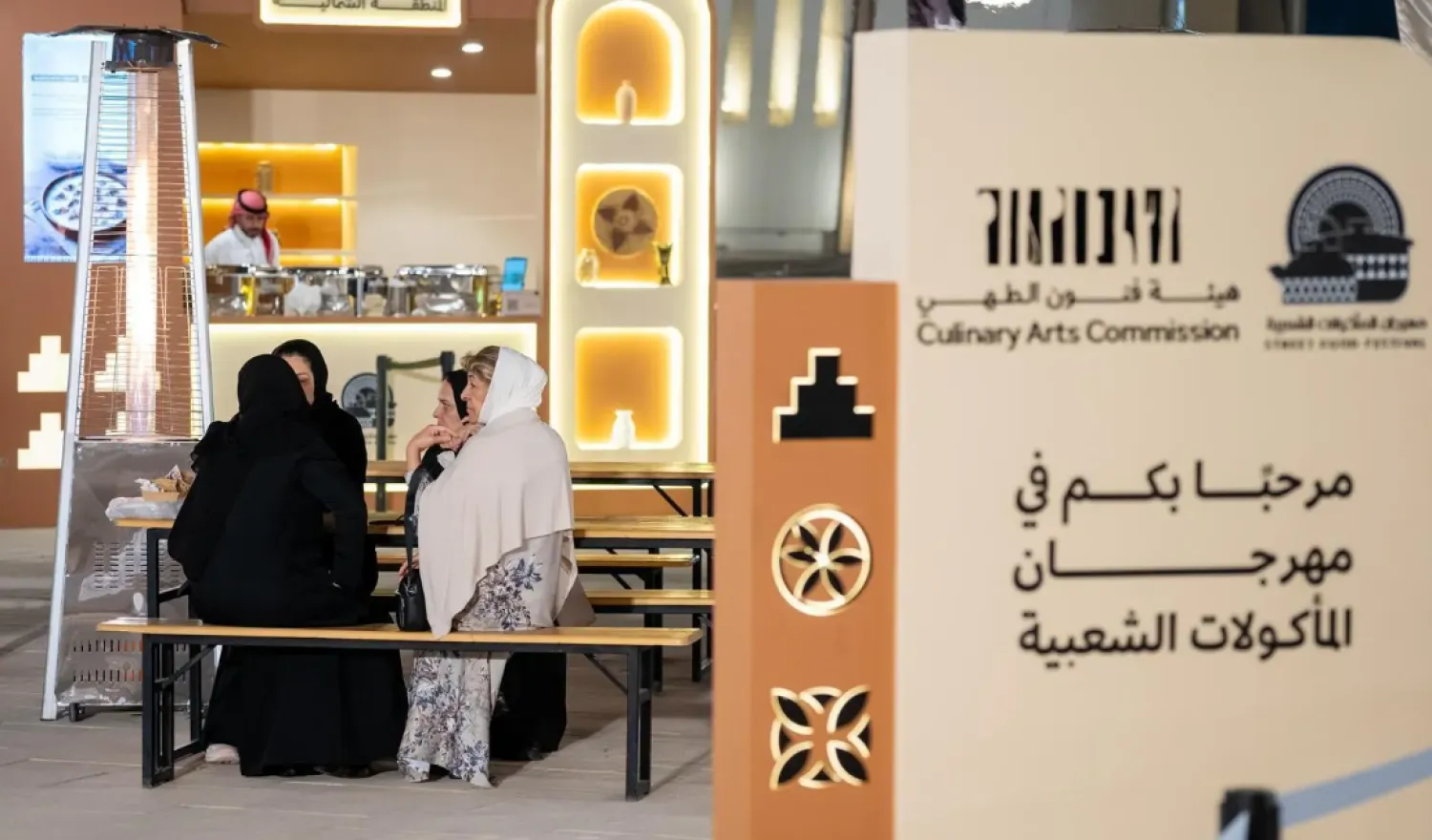The small menagerie of animals echoed the human suffering from seven months of war between rival generals that shattered Sudan -- they were starving, traumatised and trapped in the crossfire.
On the southern outskirts of the capital Khartoum, volunteers had opened a modest reserve in 2021, crowdfunding online to rescue malnourished and sick lions from a rundown zoo in the city.
Barely two years later, they found themselves in a war zone.
With a military base just next door, a skeleton staff of animal lovers fought to keep their charges alive as "bombs fell on the refuge, damaging infrastructure and injuring animals", Sudan Animal Rescue founder Othman Salih told AFP.
After months of struggling to feed and care for them, Salih finally managed to set up a high-risk rescue mission in coordination with Austrian animal welfare organisation Four Paws.
A total of 50 animals, including 15 lions and a host of hyenas and birds, have now been evacuated through a labyrinth of army and paramilitary checkpoints that have for seven months controlled all movement in and out of Khartoum.
On April 15, war erupted between the Sudanese army and the paramilitary Rapid Support Forces (RSF). By early November, more than 10,000 people had been killed in the conflict, according to a conservative estimate by the Armed Conflict Location & Event Data project.
The fighting has also displaced 6.3 million people, the UN says. Sudan's already fragile infrastructure has been destroyed, creating an unprecedented humanitarian crisis that has left no living creature there unscathed.
"We lost seven lions, most of them due to illness," Salih said, although one lioness "was shot dead by a stray bullet".
The animal center was unable to offer the necessary veterinary care as the specter of famine loomed large over the already impoverished country.
Volunteers, who before the war would often themselves pay for the five to 10 kilos (22 pounds) of meat each big cat needed daily, watched in horror as the famished pack devoured the carcass of the lioness that had been shot.
Amir Khalil, the Four Paws vet in charge of the high-risk mission, said this "unusual behaviour" stemmed from how "physically weakened and psychologically traumatized all the animals are".
Salih has given everything to provide for the animals, several of whom he has cared for since infancy.
In addition to those he rescued from starvation in the Khartoum zoo, he remembers "Moody and Mina... I took care of them myself when they were little lion cubs".
Last year, his team walked AFP correspondents through the small refuge, proud to show off the safe haven they had given the animals.
"We worked very hard to provide food and water during the war," Salih said, but such hard work could only go so far.
Nothing comes in or leaves Khartoum without the express approval of both the army and the RSF.
In concentric circles, both forces enclose the city, interrogating and detaining travellers, and confiscating supplies from those entering or leaving the capital.
Taking the animals from southern Khartoum to the east of Sudan was "one of the most dangerous" missions undertaken by Four Paws -- which has also carried out rescues in war-torn Libya, the Gaza Strip and Mosul in Iraq -- Khalil said.
Success or failure in the "meticulously planned rescue mission" rested on a set of "security measures", principal among which was "communication with both parties to the conflict", he told AFP.
With the animals sedated in transport cages, the team took hours to drive just 140 kilometres (87 miles) along a checkpoint-dotted road to the Um Barona National Park in Wad Madani, a city that has largely been spared the fighting, despite it crawling ever closer.
"The animals need a few days to recover" from the journey, Khalil said, before being taken onwards to Dinder National Park, a UNESCO biosphere reserve on the border with Ethiopia.
Although lions live in Dinder, it is not known precisely how many survive in the wild in Sudan, the third largest country in Africa.
Across the continent, lion populations fell 43 percent between 1993 and 2014, according to WWF, with an estimated 20,000 left in the wild.









